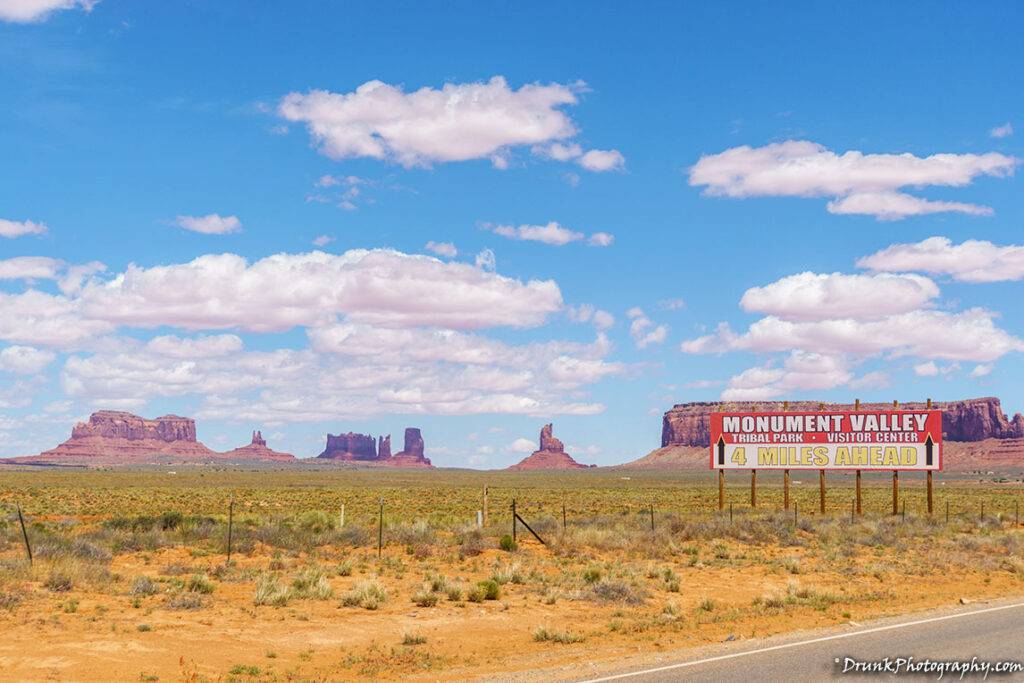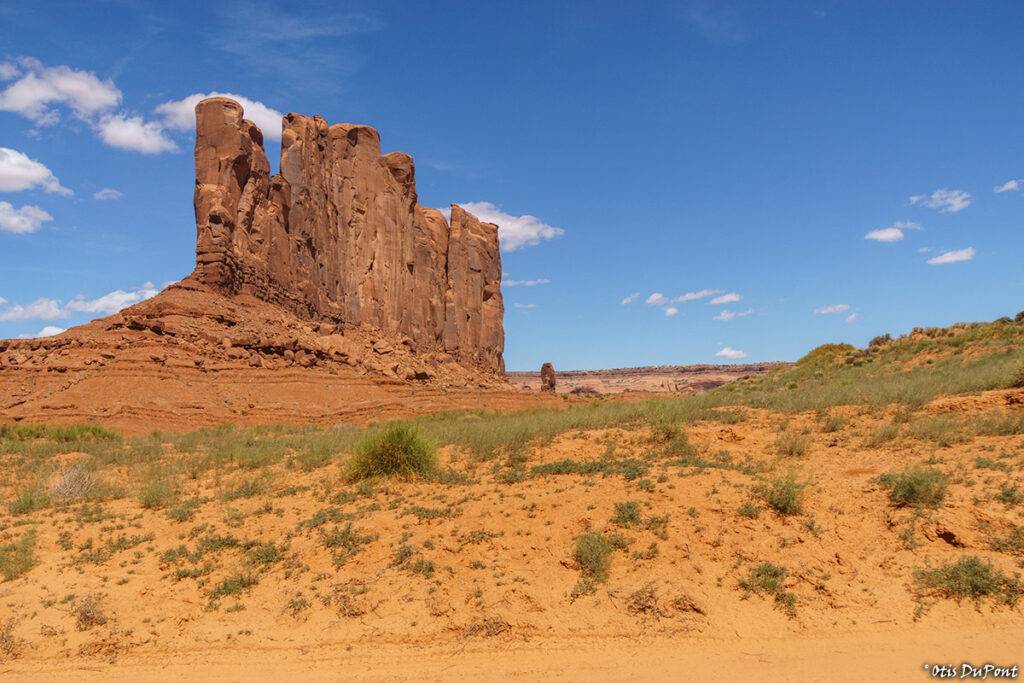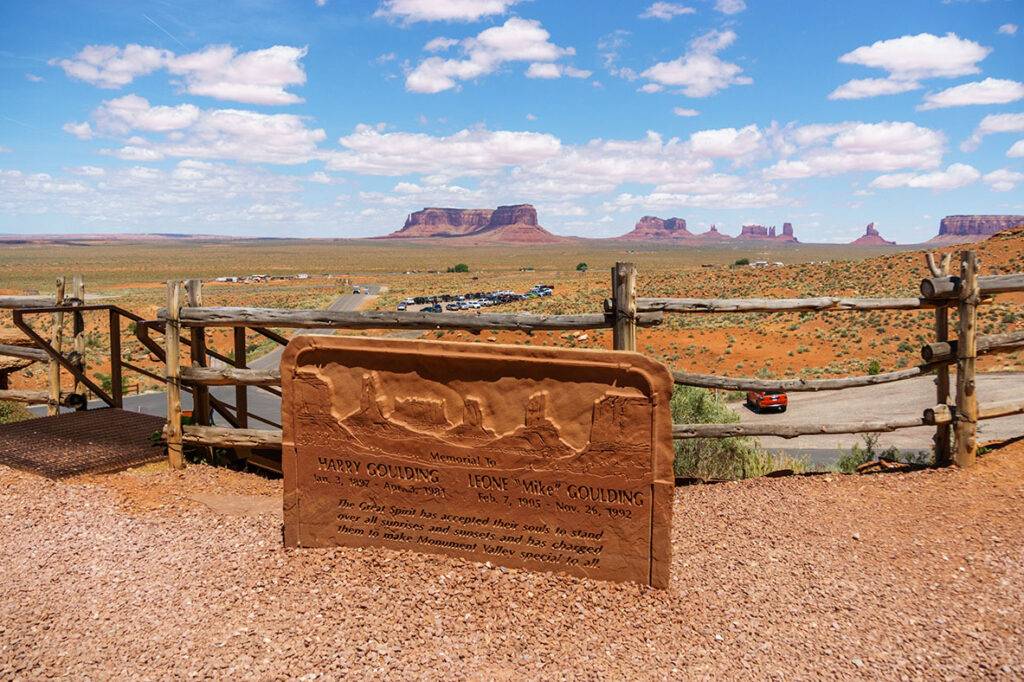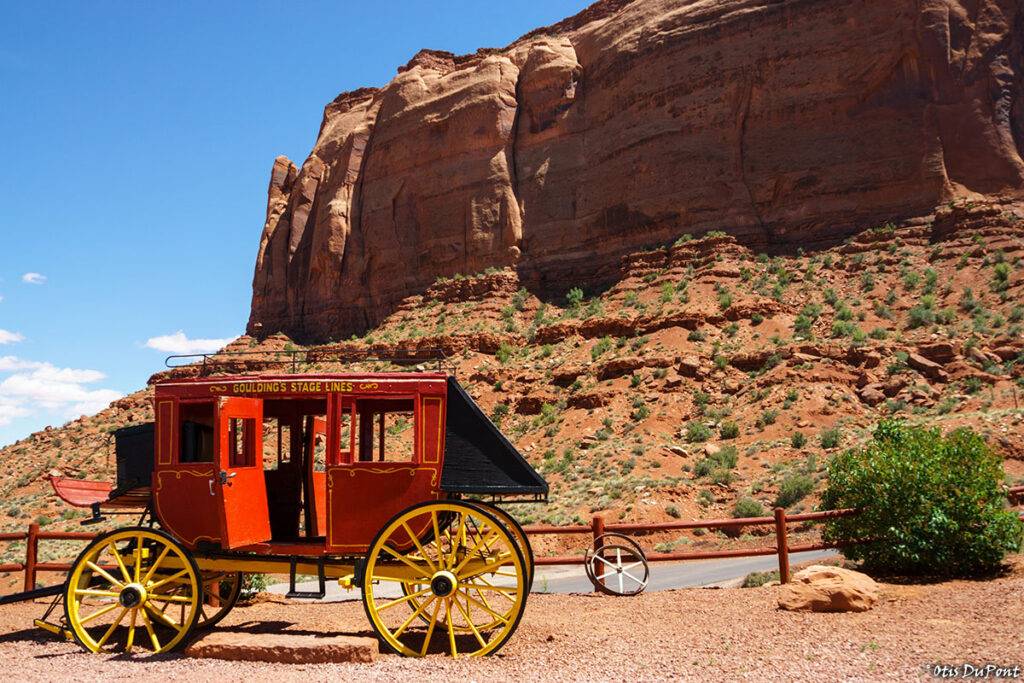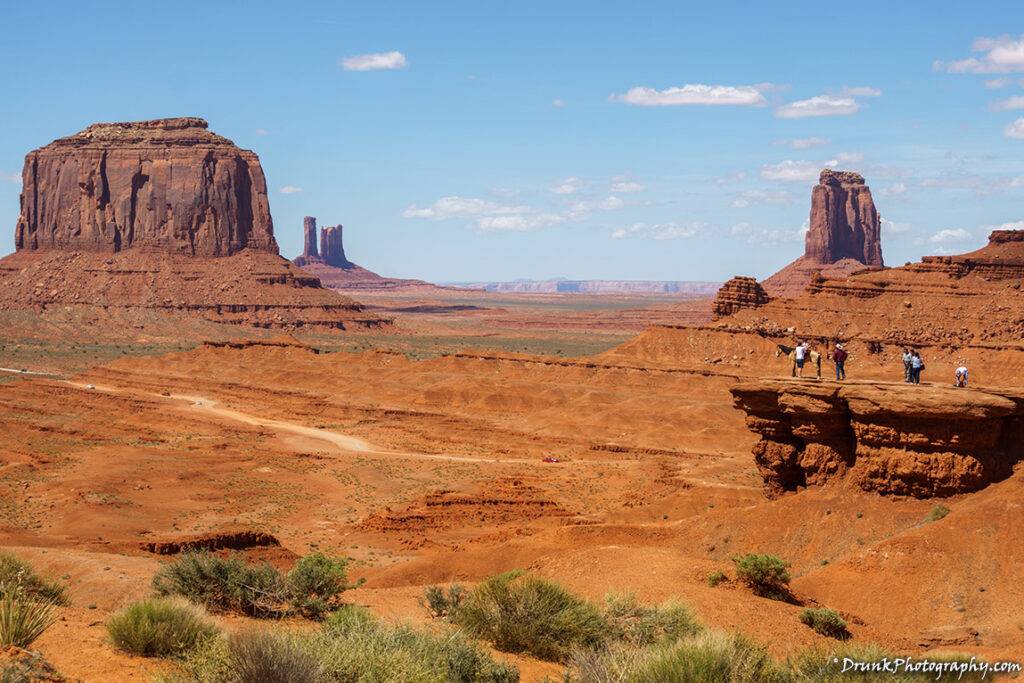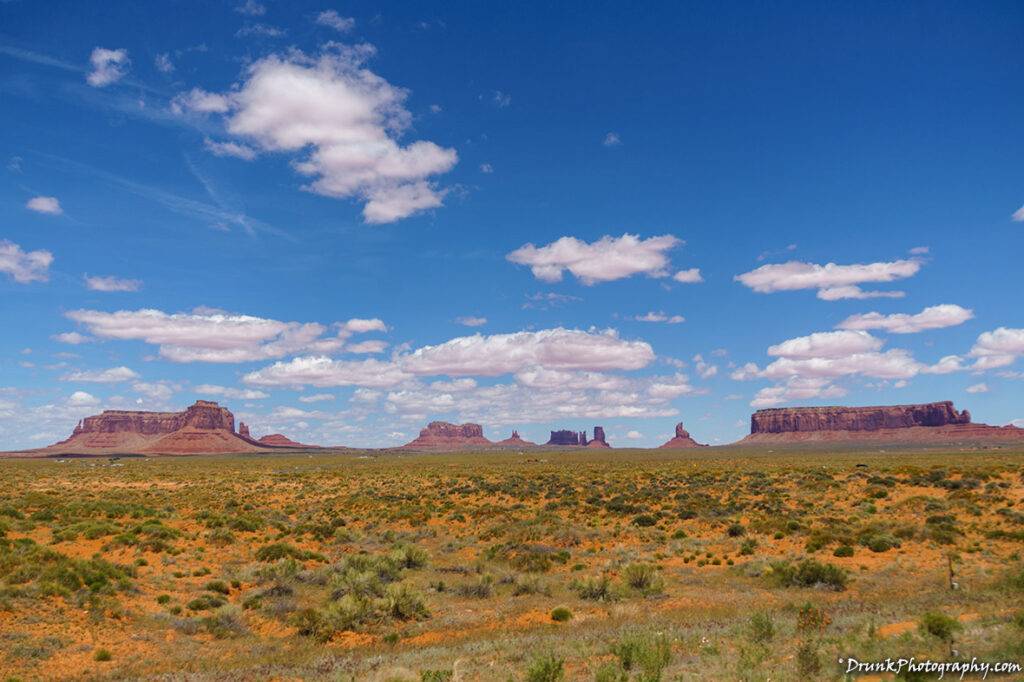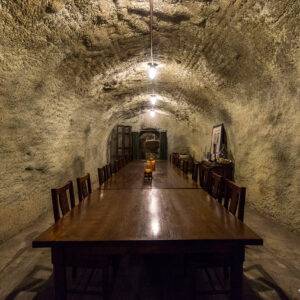Ndzisgaii burning the hell up
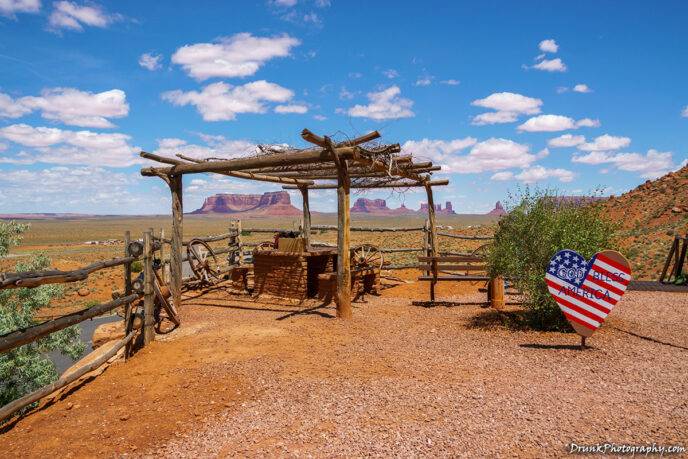
Goulding's Lodge trying to avoid the heat
Indn Route 42, Oljato-Monument Valley, AZ 84536
From Gaming to Real Life
I have seen many movies like Forest Gump, 2001: A Space Odyssey, Mission Impossible, Thelma and Louise, Transformers,… all featuring this barren land, almost like a red desert with this mountainous structures scattered about, in the backgrounds. I am not my grandparents, so previous to learning about this place, I didn’t watch the movies that originally made this land so ridiculously popular, which were “Stagecoach” and “The Searchers“, by John Ford. I didn’t think much of the place initially until I started to realize that quite a few games I played featured the very same place and screenshots, most notably found in my favorite video game of all time, about old American West and Mexico and the end of the “American Frontier”, in and around 1911, Red Dead Redemption in 2010. I had not known of this place, by its real name yet, because each time it had seen it, it wasn’t mentioned or it was referenced by some fictional name. In Red Dead Redemption, I would wander for hours, on horseback, taking in the stunning graphics of the scenery during the re-imagined old Wild West times, in places they called “Diez Coronas” (10 Crowns). This area was referred to as Tsé Biiʼ Ndzisgaii .
Then I realized, I had actually seen this before, in a crude version in 2004, in the video game Grand Theft Auto San Andreas, except this time, it was called Bone County. This was a mock-up of Tsé Biiʼ Ndzisgaii (yes I was inspired to go to a lot of places, thanks to video games like I wrote about HERE). Both of these games were by Rockstar Games. Then it came up again, last year, in my newest favorite game, Horizon Zero Dawn, this time with what I realized was its real name, and I knew I had to get over there. While playing my games, all open-world format where one can traverse freely and admire the graphics of the land, all I could think was “damn, wouldn’t that be nice to do in real life, just to see this place on a bright and sunny day?” This place was in way too many things I had seen, and I didn’t even know anything about it. I finally went to go look up the place and found out that that real name of the place was really named Monument Valley Tribal Park aka Tsé Biiʼ Ndzisgaii , and then I knew I finally had to get out to see it for myself.
Tsé Biiʼ Ndzisgaii is on sacred Navajo land in Navajo County, Arizona (where I entered it initially), which is not a public park, it’s Navajo owned and there are just under a dozen families living there, hardcore people, no running water or electricity either! This is the reason you will see Monument Valley referenced as “Monument Valley Tribal Park” on signs. The official name in the Navajo language is Tsé Biiʼ Ndzisgaii, which means “Valley of the Rocks“. The Navajo reservation is actually pretty big, and Tsé Biiʼ Ndzisgaii itself extends into Utah, as well. You will see it advertised for either state, in tourist brochures. I hugged Wild Cat Trail for a while since I came in from the Arizona entrance, and Goulding’s Lodge a museum which needs visiting if you end up in this area. If you come at it from the Utah side, you might see the place referred to as “Oljato-Monument Valley” San Juan County, Utah. It also has a portion in New Mexico too. It doesn’t get the kind of visitors that the Grand Canyon does, but it’s easily one of the world’s most recognized places in the world, and now I can actually say that I experienced it.
Monument Valley in a natural beauty that it takes a good eye, and perception, to appreciate. It was created by what was once huge layers on top of other layers of solid sandstone stacked up, in what is known as the Colorado Plateau. The Colorado Plateau covers 130,000 square miles from NW New Mexico, SE Utah and N Arizona, and 92,000 acres (under 30,000 square miles) of that is Monument Valley, which the regular folks like us can do about 17 miles in a loop in, legally. Anyone viewing Monument Valley will notice that it’s not just “rocks” they”re looking at, it’s a little more majestic. The look of the geology gives off a really odd reddish-brown look to the floor of Monument Valley and depending on your camera, it just jumps off the meter depending on the ambient lighting at the time you’re there. This is due to the lands being carved leaving Cutler (as in Cutler formation) Red siltstone (pale reddish-brown color grainy look), which is common if a river was previously in place and its deposits left this sand. There is iron oxide in that siltstone, and iron makes things look red, especially if it’s battered and aged, as this area has been due to a long history of erosion. The erosion is responsible for carving those layers down into the remaining tall, huge structures known as Buttes and Mesas, both of which are the “Monuments” or names given to these, in Tsé Biiʼ Ndzisgaii .
Enjoying some Monumental Buttes
Admirers of Tsé Biiʼ Ndzisgaii blissfully enjoy the big Buttes (no, you’re thinking of ‘ big butts’, and you’re on the wrong site, friend). A Butte (from the French word for “small hill”) is a solitary hill with steep vertical sides and most often, featuring flat tops. The other thing found in Tsé Biiʼ Ndzisgaii is what is known as a Mesa (from the Spanish word for “table”), which is a large slab of rock structure (tableland) that at its top is still wider than it is tall (think of a real table). The Butte at its top is more narrow than it is tall (think of a tower), that’s how you distinguish the difference between the two. Buttes tend to also be solitary, like so:
The Buttes and Mesas can tend to have a strange grayish/blueish/purplish look to them from distance, or at least they were to my eye and camera, different from the floor’s deep color of red/brown because these are mostly Manganese Oxide, but some properties of these Buttes and Mesas contain red too. When the Cutler Formation happened, it stripped the land, leaving the geological evidence of the Buttes’ makeup, which was the layers on layers stacked vertically. You can see the striation and erosion patterns in the Buttes, with the lowest layers of shale are called “Organ Rock shale” (Permian debris all over the Colorado Plateau) and the middle layer “De Chelly Sandstone”, the top layer being “Moenkopi shale (from Moenkopi Formation)” is red sandstone, with a film of Shinarump siltstone (from Shinarump Conglomerate) that is a highly coarse and grainy mix of pebble conglomerate and sandstone, of course. This makes a kind of sealant and fortification layer for the Buttes and Mesas, commonly referred to as “caprock”. The caprock held in place, but the less resistant rock eroded into the Buttes you see in Tsé Biiʼ Ndzisgaii today.
Peaked Interests
Popular society didn’t appreciate Tsé Biiʼ Ndzisgaii previous to John Ford’s movies, and considered it nothing of beauty, due to it appearing to be so desolate out there. In 1921, one American did though, a Settler who bought 640 acres near Monument Valley, who wanted to escape civilization, a jack of all trades, tough as nails man with a sheep-herding background. He was named Harry Goulding, who later set up and owned a trading post in Monument Valley, in 1928, as well, has deep ties with the Navajo Nation in the area. The Depression destroyed the local economy in Tsé Biiʼ Ndzisgaii , and Goulding found out that John Ford was looking for a location to shoot a new movie. Goulding, a quick thinker, a shrewd businessman and move-maker, enlisted a top photographer to take pics of Monument Valley, and went all the way to Hollywood like a heat-seeking missile aimed at John Ford, to convince Hollywood of the beauty of Monument Valley. He used those photos to prove its beauty. He knew he had to do something to get money to flow in for Navajo Nation in Tsé Biiʼ Ndzisgaii .
In Hollywood, he went around bothering people, door to door until someone got him, John Ford. He angered everyone, but did not give a damn, he had his family and the Navajo Nation he was concerned about making sure would not suffer, in 1938. His effort paid off, he eventually got the ear of director John Ford, who ultimately fell in love with the photo, then BAM!!!! A couple of weeks later, we had the movie Stagecoach being shot in Monument Valley, with Goulding riding shotgun for all Ford films in the area- which you can watch FOR FREE here, just like I did, on the plane. 🙂 Harry Goulding was very respectful towards Navajo, and trusted in return, as he kept Hollywood in line because he helped Navajo get jobs in films, used them as extras, used them for hands-on labor, so much so that others were complaining that Navajos were taking all of their jobs. Goulding backed them down and ensured that Navajo was present to see what they were up against when the labor unions came to complain to him. Hollywood and the likes knew not to play with Goulding, he was tough so they bowed to his will. He would help keep the Navajo business afloat with the popularization of Monument Valley due to Hollywood’s involvement, forever after this point. It was these traits about Goulding that made Ford feel he had to be used for every movie shot in Monument Valley, because he knew that Goulding was a real, selfless American hero with a great story Ford probably wished he could bring to life, on film.
Monument Valley had also peaked the interest of the US Government if you didn’t know. See, the Government/Their-Contractors also conducted business in the Monument Valley. They love those layers on these monuments too. They’re not attracted to the beauty of the caprock’s reddish colored sandstone that is present via the Moenkopi shale layers, they’re interested in the properties of any Triassic formation rocks they can find. The Government is interested in all Triassic rocks because they tend to contain URANIUM, which is used in making nuclear weapons, and the Colorado Plateau is heavily laced with this. That Shinarump siltstone surely contains Uranium, so the Government did heavily mine it, and likely is still out there mining in Monument Valley, as I write this.
I will say, this is not a trip for the faint of heart if one decides to do this in the dead of a USA Summer! Good lord, it felt like my eyeballs were put in a microwave. It was then that I realized just how popular Monument Valley was! It can get over 100 degrees out there, there is NOTHING to shade you, you better have packed a lot of water, sunscreen, and hats! It was balls-sweating-ly hot out there!! I didn’t have my shades on, at first, and then my eyes just exploded inside of my head, when I got out to view the scenery. It can be overwhelmingly bright, but man, there were some truly blue skies and that crazy orange-red was popping out from the grounds, all around me. If you’re not careful, you’re going to faint, I had to resort to the phone pics after a while, too damn hot to do anything but drink water. Still, many people were out there because they all recognized the scene of The Mittens and Monument Valley, the world over! I saw many people from many countries out in this place, some hiking, some on a horse, some doing the tours by local companies and just listened to the many languages being spoken. Everyone sweating, looking at each other with like WTF kind of heat is this??? Yet there we were, excited to be in a place that many consider just rocks in a desert. I want to return to this place, but I couldn’t get to where I wanted because I didn’t get a Navajo guide, is what I found out, which is mandatory to purchase if you want to get there, which are Hunt’s Mesa and Mystery area. I will get out there, I will hike all of it, and take a horse the next time around, riding off into the sunset of a real open-world like John Marston, in Red Dead Redemption.
As always, the finished products can be found on the main site of www.drunkphotography.com.



